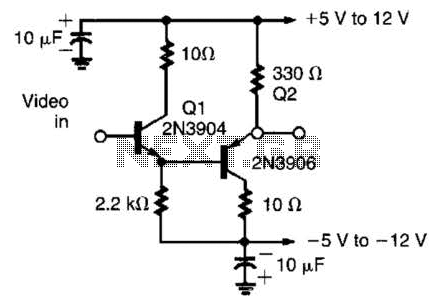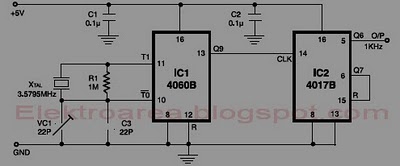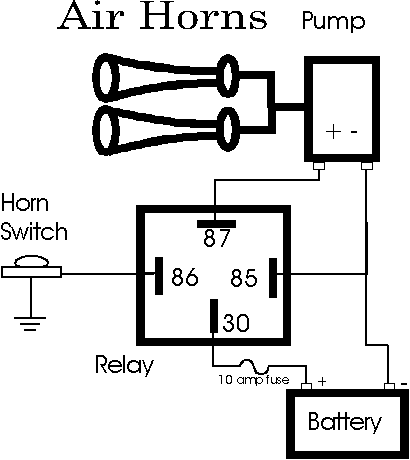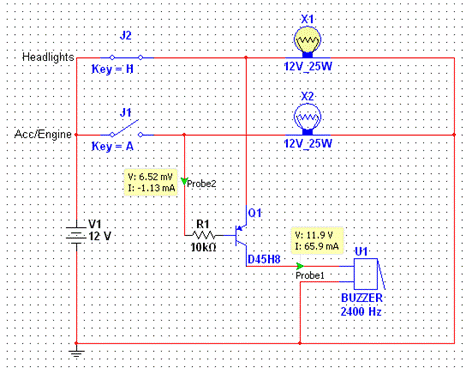
3 band equalizer circuit

This circuit is designed for tone control utilizing a three-band equalizer. It is based on the LF351 single-chip operational amplifiers. The circuit features three adjustable ranges: bass, mid, and treble controls. The equalizer allows for approximately +/-20 dB of boost or cut at specific frequencies of 50 Hz, 1 kHz, and 10 kHz. The supply voltage can vary from 6 to 30 volts, with the maximum 20 dB boost achievable at a supply voltage of 18 volts.
The tone control circuit employs three separate bands to manipulate audio frequencies, allowing for enhanced sound customization. The LF351 operational amplifier is a versatile component known for its low noise and high performance, making it suitable for audio applications. Each band consists of a filter circuit that adjusts the amplitude of its designated frequency range.
The bass control adjusts low-frequency signals around 50 Hz, which is crucial for enhancing the depth and fullness of sound. The mid-range control targets frequencies around 1 kHz, which is essential for vocal clarity and instrument presence. The treble control modifies high-frequency signals around 10 kHz, adding brightness and detail to the audio output.
The circuit operates efficiently within a supply voltage range of 6 to 30 volts, providing flexibility for different applications. However, to achieve the maximum boost of 20 dB, the circuit must be powered with a supply voltage of 18 volts. This characteristic allows users to optimize the performance of the equalizer according to their specific audio requirements.
Component values are critical in determining the precise cutoff frequencies and gain levels for each band. Proper selection of resistors and capacitors in the feedback and input paths of the operational amplifiers will influence the overall performance of the equalizer. Additionally, careful layout and grounding practices are essential to minimize noise and ensure signal integrity throughout the circuit.
In summary, this tone control circuit with a three-band equalizer using LF351 op-amps provides a comprehensive solution for audio signal manipulation, enhancing the listening experience through adjustable frequency response tailored to user preferences.This is a circuit for a tone control using 3 band equalizers. This circuit is based on single chip op amps LF351. This circuit having three ranges, bass, middle and treble controls. This is the figure of the circuit; With a single chip op amps LF351, it is easy to make equalizer offers three ranges, low frequency, mid frequency, and high. With com ponent values shown there is approximately +/-20dB of boost or cut at frequencies of 50Hz, 1kHz and 10kHz. Supply voltage may be anything from 6 to 30 Volts. Maximum boost 20dB is only realized with maximum supply voltage of 18 Volt. 🔗 External reference
The tone control circuit employs three separate bands to manipulate audio frequencies, allowing for enhanced sound customization. The LF351 operational amplifier is a versatile component known for its low noise and high performance, making it suitable for audio applications. Each band consists of a filter circuit that adjusts the amplitude of its designated frequency range.
The bass control adjusts low-frequency signals around 50 Hz, which is crucial for enhancing the depth and fullness of sound. The mid-range control targets frequencies around 1 kHz, which is essential for vocal clarity and instrument presence. The treble control modifies high-frequency signals around 10 kHz, adding brightness and detail to the audio output.
The circuit operates efficiently within a supply voltage range of 6 to 30 volts, providing flexibility for different applications. However, to achieve the maximum boost of 20 dB, the circuit must be powered with a supply voltage of 18 volts. This characteristic allows users to optimize the performance of the equalizer according to their specific audio requirements.
Component values are critical in determining the precise cutoff frequencies and gain levels for each band. Proper selection of resistors and capacitors in the feedback and input paths of the operational amplifiers will influence the overall performance of the equalizer. Additionally, careful layout and grounding practices are essential to minimize noise and ensure signal integrity throughout the circuit.
In summary, this tone control circuit with a three-band equalizer using LF351 op-amps provides a comprehensive solution for audio signal manipulation, enhancing the listening experience through adjustable frequency response tailored to user preferences.This is a circuit for a tone control using 3 band equalizers. This circuit is based on single chip op amps LF351. This circuit having three ranges, bass, middle and treble controls. This is the figure of the circuit; With a single chip op amps LF351, it is easy to make equalizer offers three ranges, low frequency, mid frequency, and high. With com ponent values shown there is approximately +/-20dB of boost or cut at frequencies of 50Hz, 1kHz and 10kHz. Supply voltage may be anything from 6 to 30 Volts. Maximum boost 20dB is only realized with maximum supply voltage of 18 Volt. 🔗 External reference





